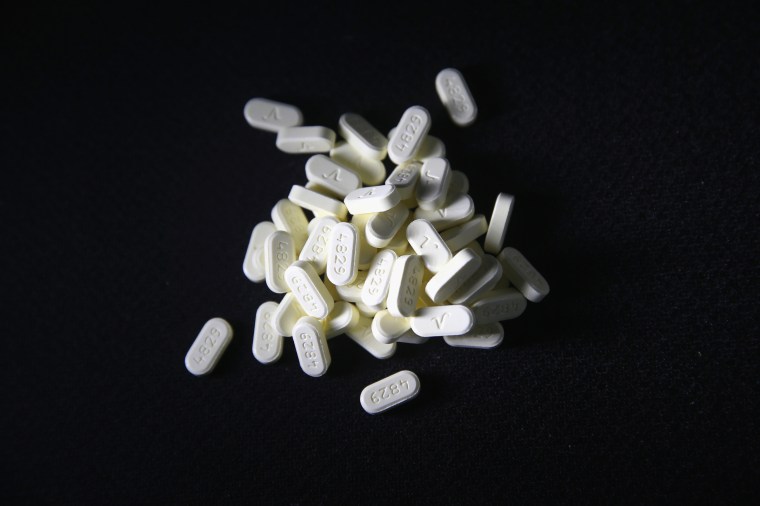America’s opioid epidemic is hitting kids harder than ever, putting thousands into intensive care, a new study finds.
The number of kids sent to pediatric intensive care units (PICUs) doubled between 2004 and 2015, a team at the University of Chicago Medicine Comer Children’s Hospital found.
“Even in children under 6 years old, opioids now account for the majority of drug poisonings,” they wrote in their report, published in the journal Pediatrics.
“In this study, we demonstrate a significant and steady increase in the diagnosis of opioid ingestion and poisoning across all age groups in U.S. children’s hospitals from 2004 to 2015. Not only did the absolute number of opioid-related admissions increase but the rate of both hospital and PICU admissions increased as well.”
There’s no question that the opioid epidemic is worsening. Synthetic opioid overdoses killed 20,000 people in 2016, the Centers for Disease Control and Prevention says. The CDC says teen drug overdoses doubled between 1999 and 2015. Synthetic opioid overdoses killed 20,000 people in 2016, the CDC says.
And in 2016 a team at the Yale School of Medicine found the number of kids who received emergency treatment for a drug overdose more than doubled between 1997 and 2012.
Opioid overdose deaths are so bad they have helped drive down U.S. life expectancy.
Dr. Jason Kane and colleagues at the University of Chicago took a look at a database to examine pediatric intensive care units specifically.
They found more than 3,600 children aged 17 and under were admitted for opioid-related injuries at just 31 hospitals between 2004 and 2015.
It’s clearly linked with a rise in adult opioid prescriptions, they said. While many kids got hold of heroin, even more were made sick by methadone — used to treat opioid addiction — and other opioid drugs.
“The increasing number of adult drug prescriptions is strongly associated with rising pediatric exposures and poisonings; young children are at the greatest risk for exposure,” the Chicago team wrote.
Kids are curious and it’s especially important to keep potentially deadly opioids out of their reach.
“The exploratory nature of young children makes them particularly vulnerable to harm from accidental medication ingestions as opposed to adolescents and teenagers, who are more likely to have intentional ingestions, including for recreational purposes or for self-harm,” the team wrote.
Many of the children nearly died, Kane's team found. They said 37 percent needed ventilator support and 20 percent needed drugs to prevent death from shock.
And some did die, although the rates went down over the 10 year period. In 2005, 2.8 percent of the children treated for opioid ingestion died, but by 2015 the mortality rate had fallen to 1.3 percent.


